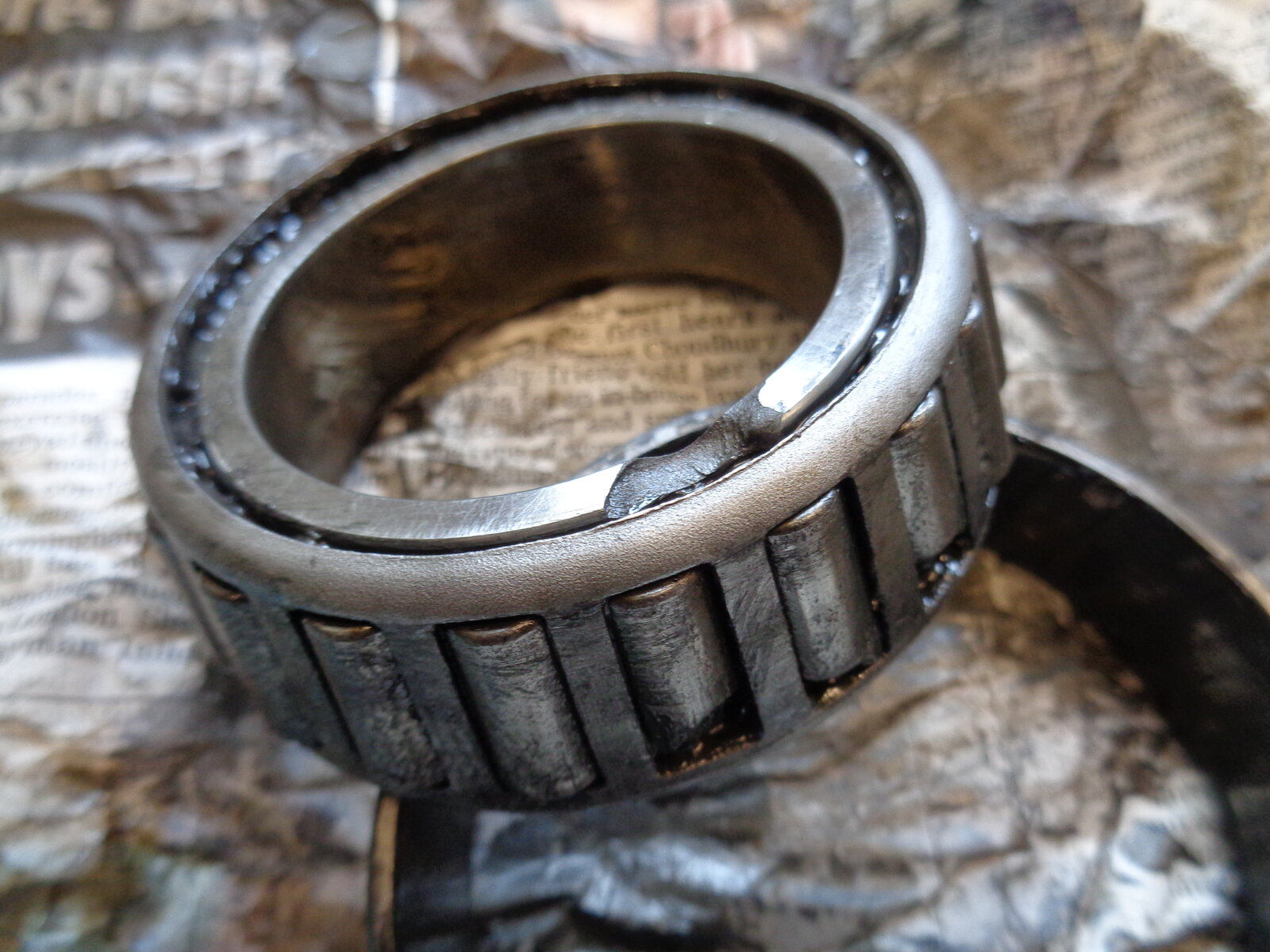Allchin
Active Member
- Joined
- Nov 16, 2010
- Messages
- 67
I have just inspected all the wheel bearings and re packed them with grease. The only one that needed to be replaced was the offside front. This is the only wheel I had to re tighten the lock nut during our South American 85k mile trip . Since tightening, I had done another 20-30k miles with no noticeable problem! The make were Koyo but were not bought from Toyota.

Stephen

Stephen





